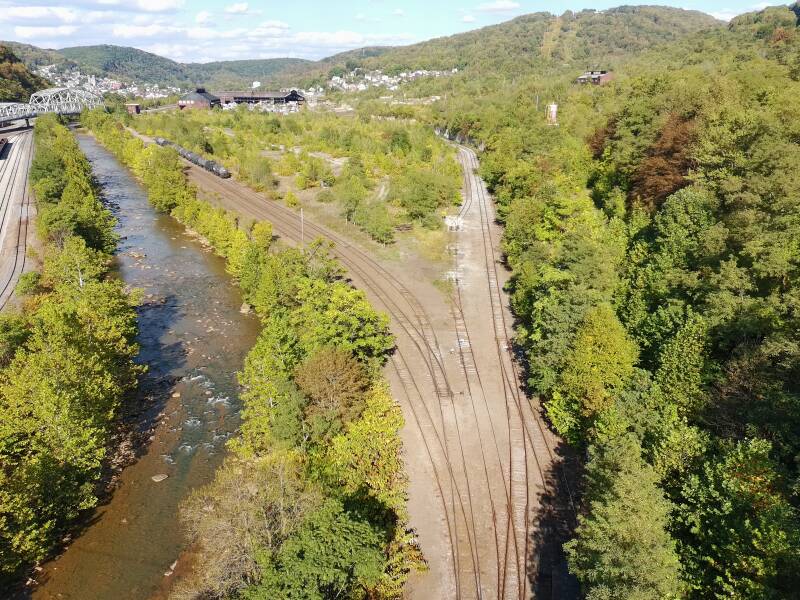Railroad Related Resources
Aspects of railroad operations are practically unlimited since almost every railroad is unique in some way, with its own distinct characteristics and methods of operation. Some railroads utilize signals to guide their trains, while others operate without such systems. Similarly, some rely on diesel locomotives for power, whereas others opt for alternative forms of propulsion or technology.
Each of the main three types of railroads offers a variety of choices for equipment, carefully tailored to suit specific needs based on the type of cargo they transport, the geographical challenges they face, and the technological advancements they adopt. In this section, we explore horns, signals, and the detailed anatomy of railroad equipment.
I keep these floating around on google tabs so I can remember terms:
http://trainweb.org/mdamtrak199/horns.html
https://www.mikeroque.com/understanding-railroad-signals/
https://gorail.org/nuts-bolts/nuts-bolts-the-track-switches-that-power-rail
https://www.american-rails.com/signals.html
https://www.philaprrths.com/position-signals
https://www.philaprrths.com/position-signals
https://www.philaprrths.com/position-signals
https://www.philaprrths.com/position-signals
https://www.finnmoller.dk/rail-usa/loco-guide/index.htm
https://en.wikipedia.org/wiki/Category:Steam_locomotives_of_the_United_States
https://railroadsignals.us/railroadbridges/index.htm
https://www.pa.gov/services/penndot/apply-for-a-penndot-rail-freight-transportation-grant


Other Links
Maps contain essential and valuable information for identifying property owners, active and inactive railroads as well as abandoned railroads, determining ideal locations to take captivating pictures, or finding exciting new spots to venture out and explore:
https://gis.penndot.gov/BPR_PDF_FILES/MAPS/Statewide/parail.pdf
https://rail.ohio.gov/home/ohio-rail-publications/d-printed-rail-map-request
https://www.dot.ny.gov/divisions/operating/opdm/passenger-rail/railroadsmap
https://www.wlerwy.com/railway-map/
https://www.gwrr.com/freight-railroads/find-a-railroad/
https://www.arcgis.com/apps/mapviewer/index.html?webmap=96ec03e4fc8546bd8a864e39a2c3fc41
https://rail.guide/#6.11/41.032/-78.521
https://www.openrailwaymap.org/



